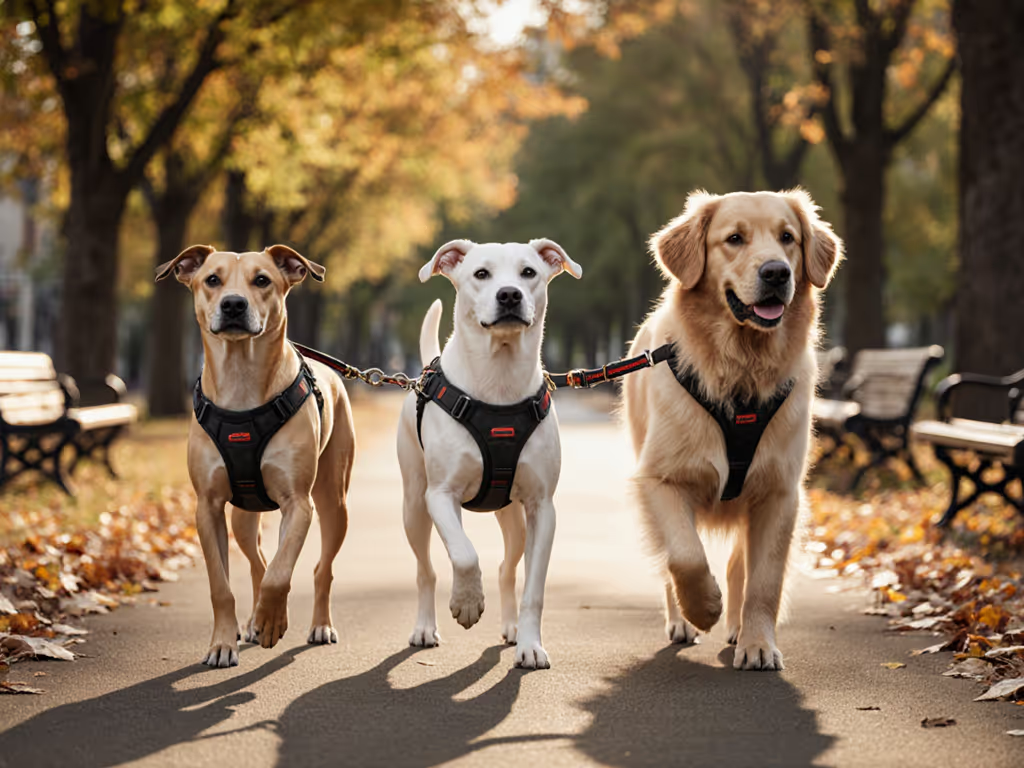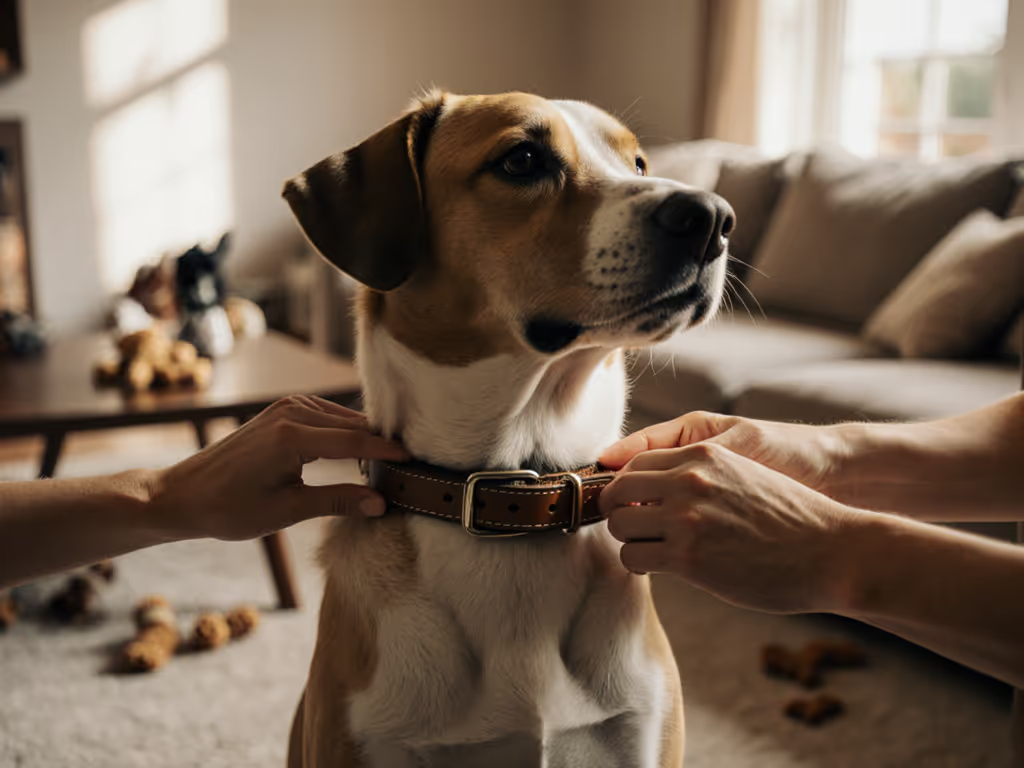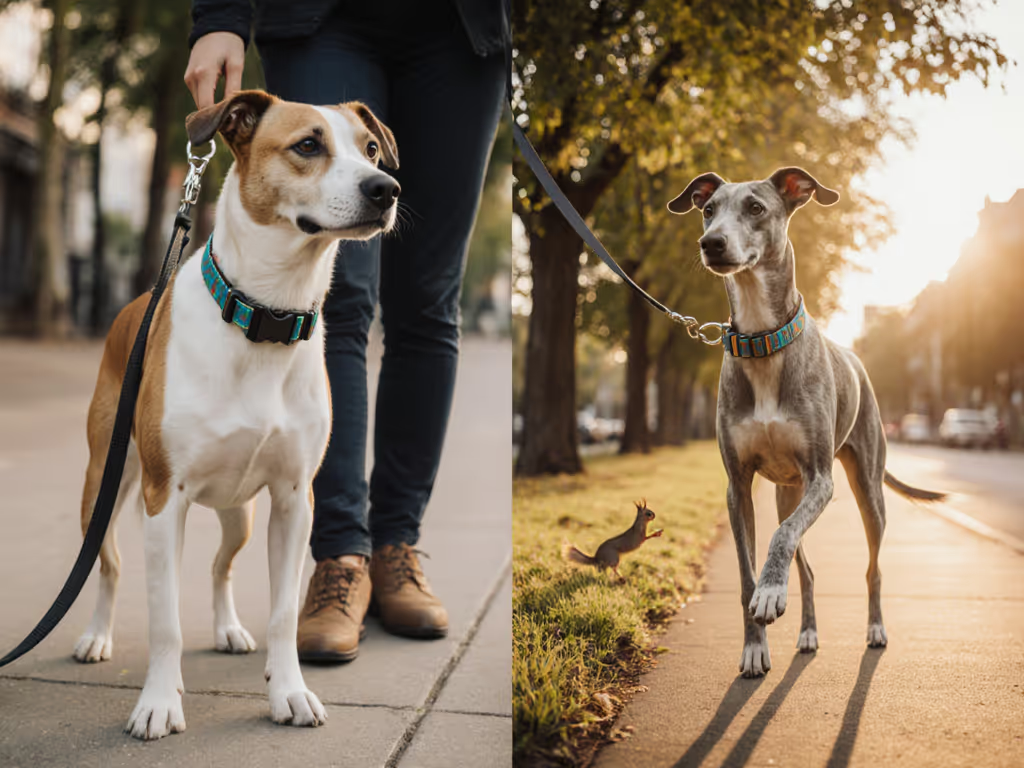
Best Training Leashes For Every Dog Body Type
Choose the right leash by your dog’s anatomy - not weight - with body-type-specific setups, precise fit checkpoints, and measurement tips that reduce injury risk and improve training control.

Forget everything you've heard about the "universal" two-finger rule. As a trainer who's field-tested gear across home, street, and trail, I've seen how rigid adherence to this oversimplified guideline causes escapes in sighthounds, restricted breathing in brachycephalics, and frustration for rescue adopters. Your collar fitting guide must evolve beyond basic finger-sliding, it's about how to measure dog collar needs through the lens of your dog's physiology, behavior goals, and real-world contexts. Because a collar that slips during a reactive episode isn't just ill-fitted; it's a training sabotage waiting to happen.
The "two-finger test" dominates pet blogs, but it ignores critical nuances. Research shows breed-specific collar needs directly impact safety: a Greyhound's narrow neck requires zero-finger slack to prevent backing out, while a Bulldog's thick neck needs space for airway expansion. My rainy crosswalk moment with a reactive foster hammered this home, no gadget could fix her panic when a poorly fitted collar choked her during trigger moments.
Gear should enable humane training reps your dog can win in real contexts.
Stop guessing. This 5-minute protocol delivers precision, whether you're handling a squirming puppy collar adjustment or a trauma-reactive rescue. Tested at home, street, and trail.
Cue: "Collar time!" (paired with treats before touching gear)
Criteria: Calm stance for 10 seconds during measurement/fitting
Reward: Small treats every 3 seconds until relaxed

Don't wait for disasters. These signs of tight collar or loose fit are urgent red flags:
Tightness Dangers:
Fur loss/rub marks behind ears
Coughing during walks (not after)
Refusal to eat/drink with collar on (evidence-labeled: Tracheal irritation disrupts swallowing mechanics)
Looseness Dangers:
Collar slides past ears when lifted
Tags hang below jawline
"Wiggling thumb test": if a thumb slides easily under, escape is likely
I see time and again how owners miss these cues until their Malinois backs out mid-reactivity. Fit first, then features, always powered by positive reinforcement.
Collars must accommodate neck swelling during stress spikes. Start with 1 finger of slack, then retest during calm moments. If slack increases by 50%, you've found your reactive-fit window.
Puppy collar adjustment isn't about stretching, it is strategic slack. Measure weekly:
Use martingale collars (not slip leads) for adjustable fit. When tightened, it should only close to 1-finger width. Test by having the dog shake head vigorously, proper fit stays behind ears. For a deeper look at escape prevention and pressure distribution, see flat vs. martingale collar comparison.
Collar safety isn't theoretical, it's the foundation of every training success. Inconsistent fit derails leash skills before drills even begin. Here's your next step:
Precision fitting isn't fussiness, it's respect for your dog's physiology and your shared safety. When gear aligns with context, those rainy crosswalks become moments of connection, not crisis. Because loose leashes and calm walks start with a collar that fits like it was designed for your dog's reality, not a generic rule. Tested at home, street, and trail.

Choose the right leash by your dog’s anatomy - not weight - with body-type-specific setups, precise fit checkpoints, and measurement tips that reduce injury risk and improve training control.

Choose training gear by your dog’s anatomy, using practical measurement thresholds and fit checkpoints to prevent tracheal pressure and chafing. Get clear guidance on when to use a Y-harness, flat collar, or martingale - and how to adjust each - for humane, effective leash work.

Learn when each collar type works best, how to size a martingale for escape safety and comfort, and use a simple three-day trial with short, structured reps to make walks calmer and more secure.

A dog’s frame - not pulling style - should determine the choice of front, back, or dual-clip harness. Use quick measurements and breed-specific checkpoints to prevent chafing, protect gait, and match the right design to your dog.